Electricity has become such an integral part of our daily lives that we often take it for granted until something goes wrong. Many homeowners attempt to handle small electrical issues on their own without realizing the potential risks involved. A poorly executed electrical fix can lead to shocks, fires, or costly repairs down the road. Whether you live in an older home built decades ago or a newly constructed property, knowing the most common electrical mistakes can help you avoid danger and ensure your household runs smoothly. Here are 15 errors that homeowners often make and why you should steer clear of them.
1. Overloading Circuits
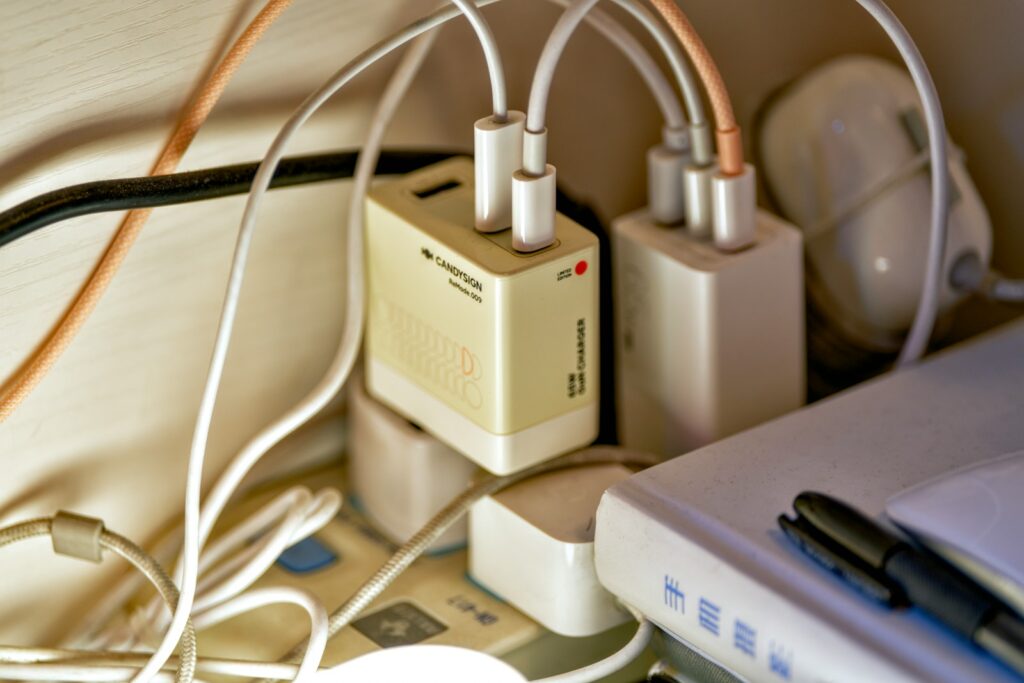
One of the most common mistakes is plugging too many appliances or devices into a single outlet or power strip. Circuits are designed to handle a specific electrical load, and when exceeded, they can overheat and potentially start a fire. Many homeowners unknowingly overload circuits when using multiple high-wattage appliances, such as microwaves and space heaters, on the same line. This issue is even more likely in older homes built before the 1980s, as they were not designed to support today’s heavy electrical usage.
2. Using the Wrong Wattage Bulbs
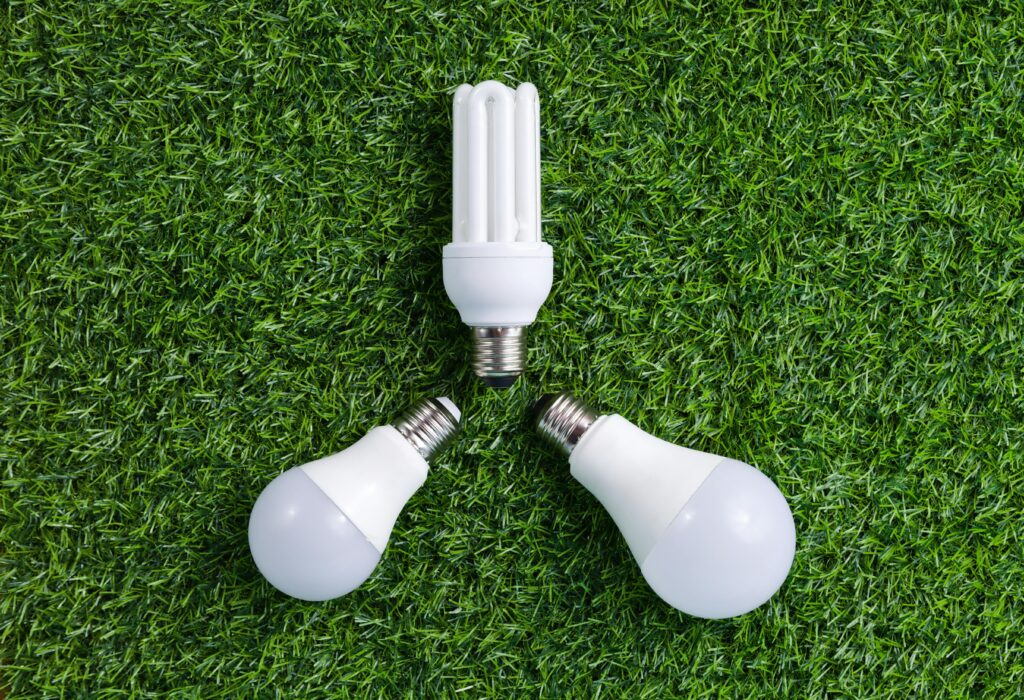
It might seem harmless to screw in any light bulb that fits, but using a bulb with higher wattage than the fixture allows is a frequent mistake. This can cause overheating, melt the socket, and increase fire risk. Light fixtures, especially older ones built before modern standards, may not have clear wattage limits displayed, which leads to misuse. Always check the label inside the fixture and use bulbs that match or are below the recommended wattage to ensure safe and long-lasting operation.
3. Ignoring GFCI Outlets
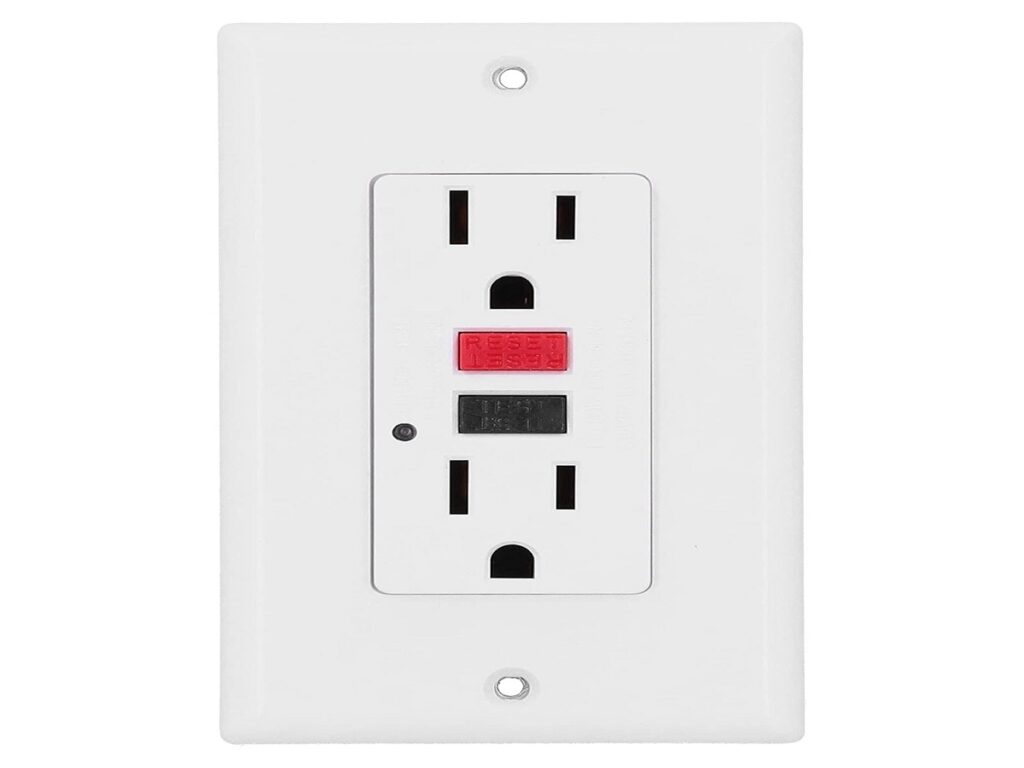
Ground Fault Circuit Interrupters (GFCIs) are critical for safety in areas with moisture, such as bathrooms, kitchens, and outdoor spaces. A mistake many homeowners make is neglecting to install GFCIs where required by code or failing to replace them when they stop working. Since the early 1970s, building codes have mandated GFCIs in specific areas to prevent electrocution. If your home was built before these requirements, upgrading outlets in wet areas is a small but essential step toward safety.
4. DIY Electrical Wiring Without Knowledge
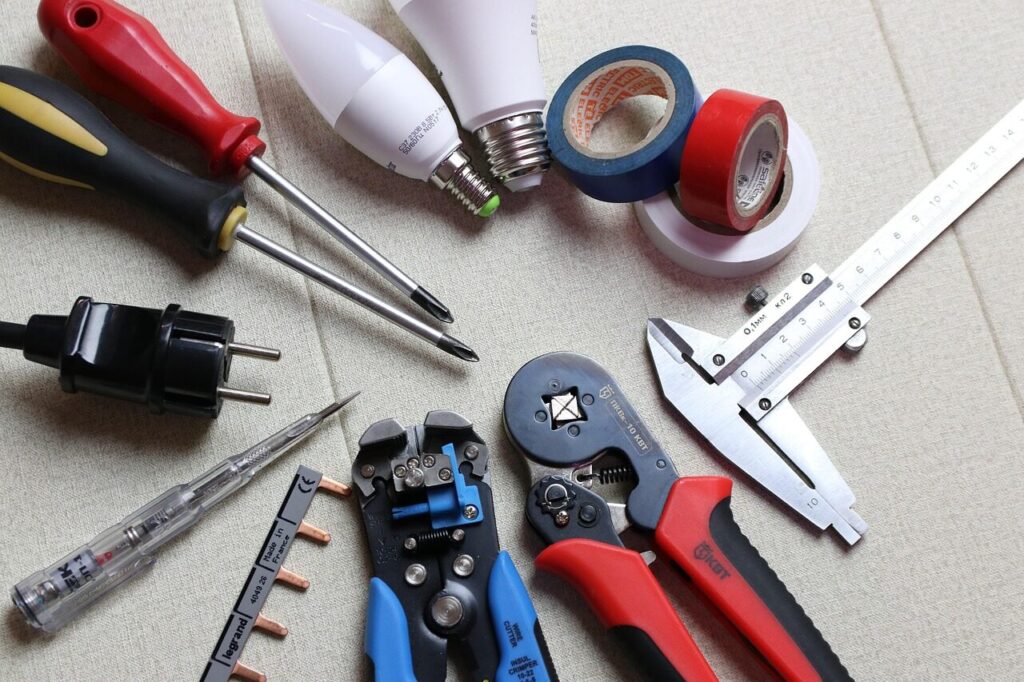
While DIY projects can save money, electrical wiring is not an area to experiment with. Many homeowners attempt to rewire outlets or switches without understanding how circuits function, leading to loose connections, reversed polarity, or improper grounding. Older homes built before modern codes are especially vulnerable, as amateur repairs may pile on top of outdated wiring systems. Without professional knowledge, a simple wiring mistake can cause shorts, sparks, or long-term safety hazards.
5. Using Extension Cords as Permanent Solutions
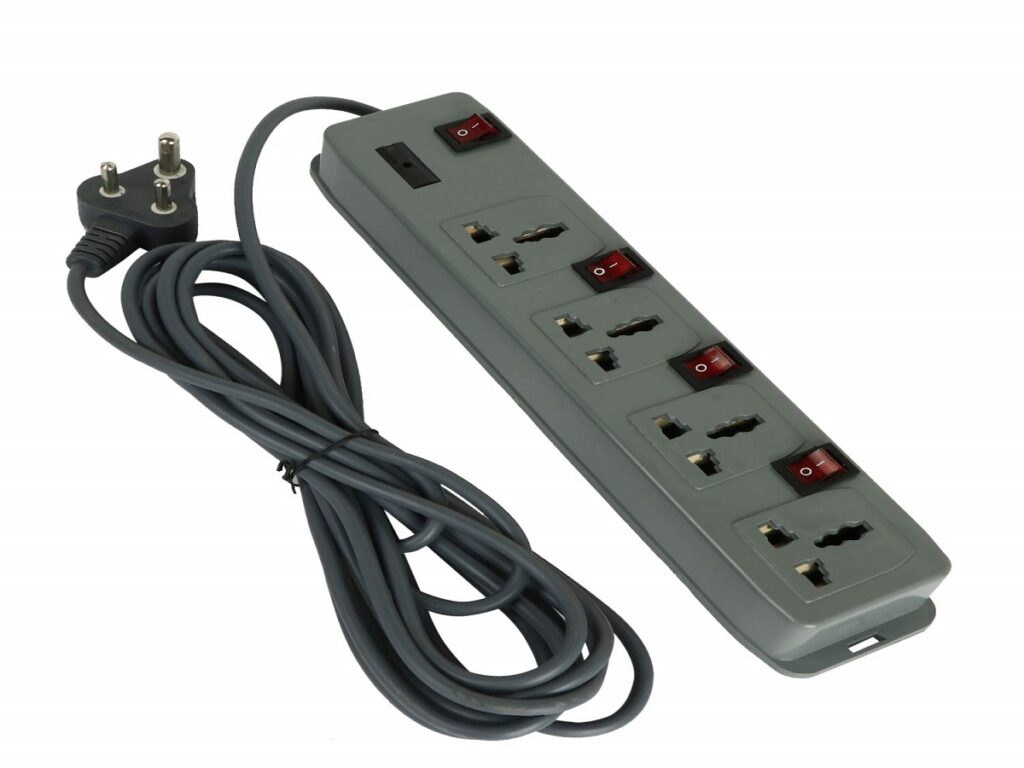
Extension cords are meant for temporary use, not as a replacement for proper outlets. A mistake often seen in homes is running extension cords under rugs, behind furniture, or across rooms for months or even years. This not only wears out the cord but also creates a serious fire risk if it overheats. Homes built before the 1960s, which often have fewer outlets, are especially prone to this issue. Adding permanent outlets through a licensed electrician is always the safer choice.
6. Skipping Regular Electrical Inspections
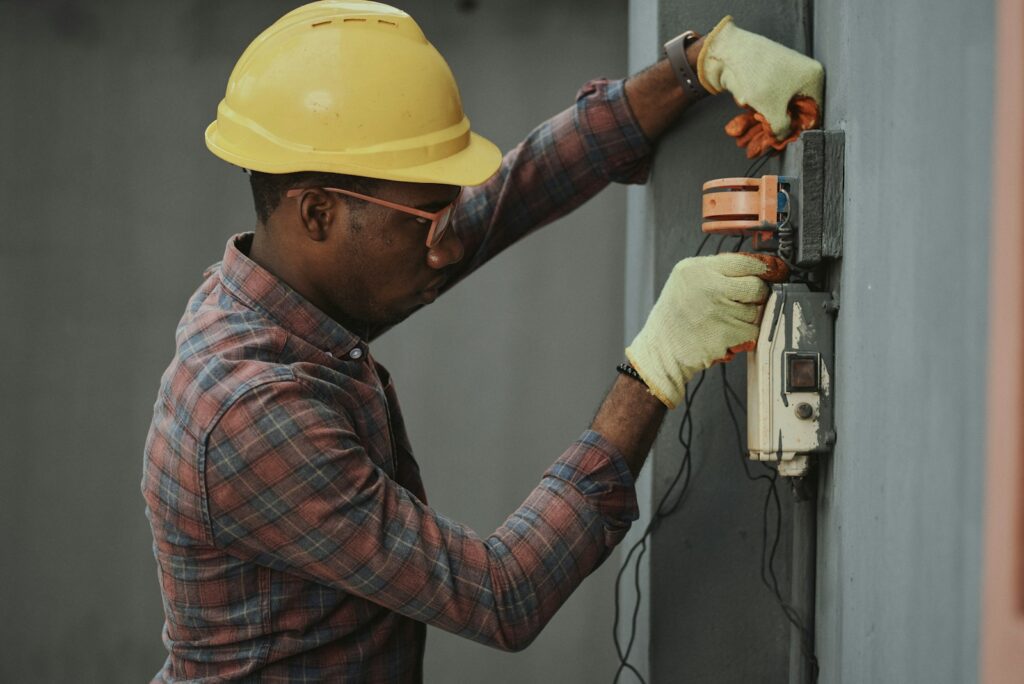
Another common oversight is failing to schedule periodic electrical inspections, especially in older homes. Wiring systems degrade over time, and components such as circuit breakers or panels may become outdated. Many homeowners assume that because everything “looks fine,” there are no hidden risks. However, homes built 40 or more years ago often have wiring systems not designed for modern appliances. Regular inspections can uncover hidden issues before they become costly or dangerous.
7. Incorrectly Wired Outlets

Wiring an outlet may seem straightforward, but small mistakes can cause big problems. A frequent issue is reversed polarity, where the hot and neutral wires are swapped. This may not stop the outlet from working, but it increases shock risks and can damage electronics. In homes built prior to the 1970s, ungrounded outlets are another common hazard. Always test outlets with a simple plug-in tester to ensure proper wiring, and correct errors promptly with professional help.
8. Neglecting to Update Old Panels
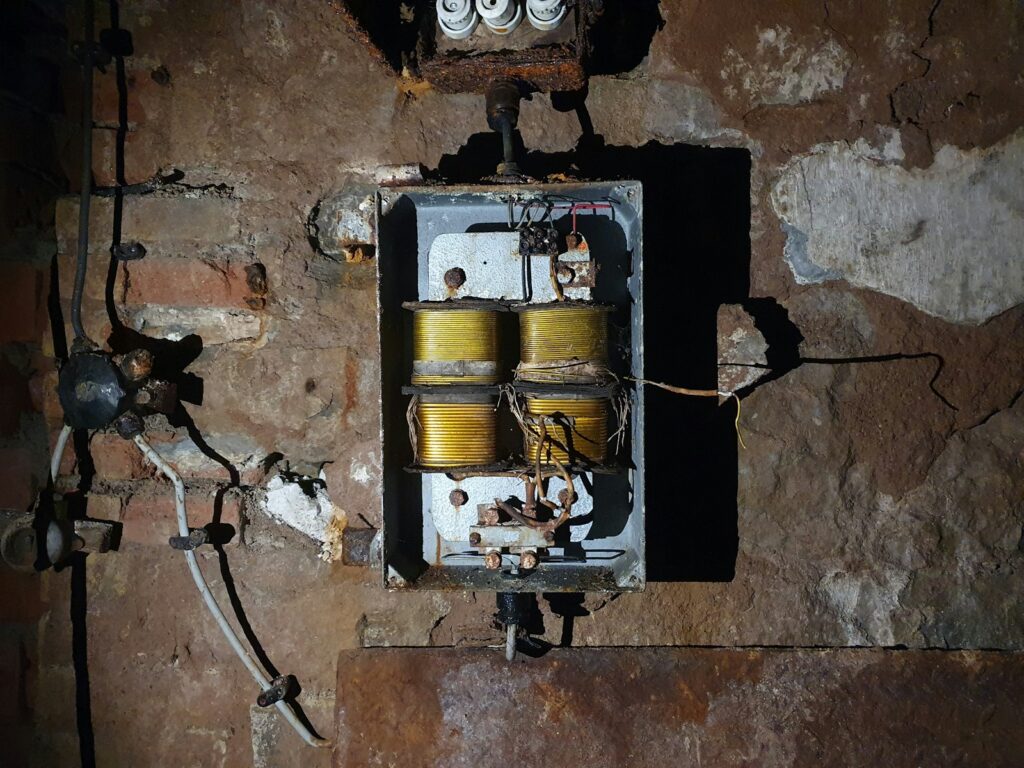
Electrical panels are the heart of a home’s system, yet many homeowners overlook their age and condition. Outdated panels, such as those built in the mid-20th century, may no longer meet today’s safety standards. Panels from brands known to fail under stress can cause shorts, overheating, or even fires. Ignoring panel upgrades when adding new appliances or renovations is a serious mistake. If your home’s panel is more than 25-30 years old, it should be evaluated for replacement.
9. Overlooking Outdoor Electrical Safety
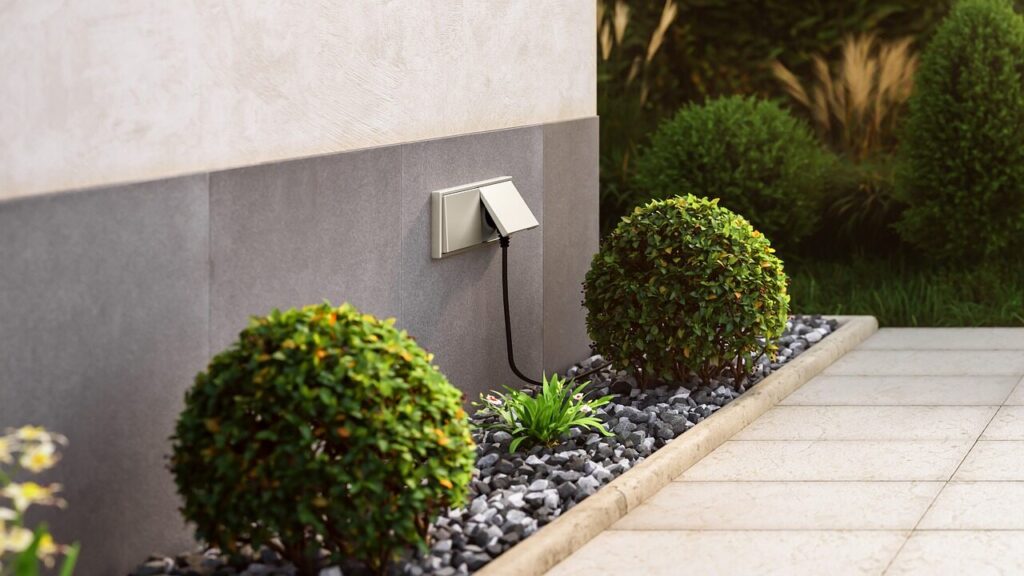
Outdoor outlets and wiring are exposed to the elements, making proper installation and maintenance essential. Homeowners often use indoor-rated cords or fail to install weatherproof covers, which can lead to water damage and shocks. Outdoor wiring should always be rated for exterior use and protected by GFCI outlets. Homes built without outdoor outlets often encourage dangerous practices, such as running indoor cords through windows or doors. Proper upgrades help ensure both convenience and safety outdoors.
10. Using Ungrounded Outlets
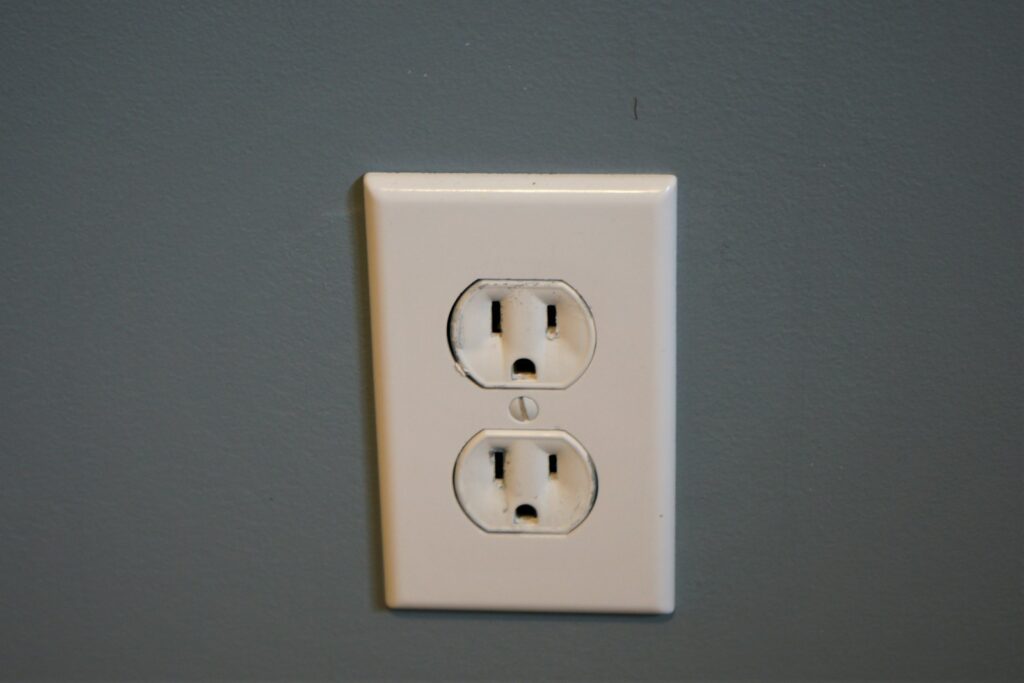
Older homes built before the 1960s often have two-prong outlets without grounding. Homeowners sometimes continue using them with adapters instead of upgrading to three-prong grounded outlets. This is a dangerous mistake, as grounding is essential for preventing electrical shocks and protecting modern electronics. Appliances today are built with grounding in mind, so bypassing it leaves your devices and safety at risk. Upgrading outlets with proper grounding can make a huge difference in both security and reliability.
11. Failing to Secure Loose Outlets or Switches
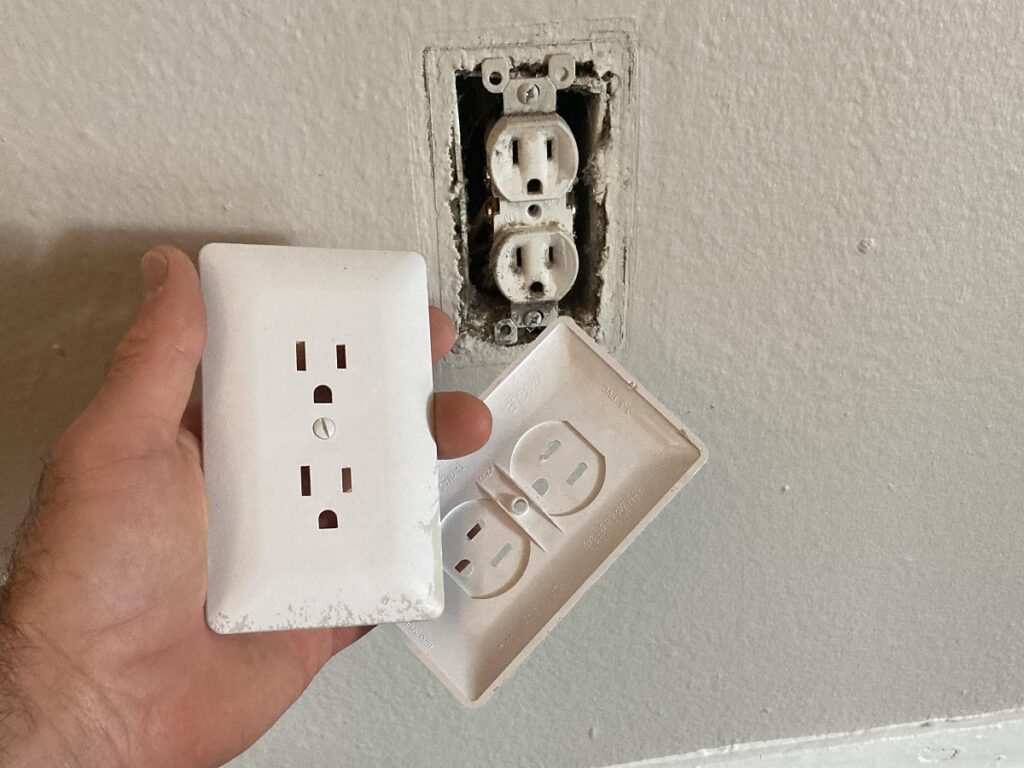
Loose outlets or switches may not seem like a big deal, but they can cause wiring connections to weaken over time. A loose fit allows movement, which can loosen terminals and create sparks. Many homeowners delay fixing these issues because they still “work,” not realizing the long-term risk. In homes built years ago, outdated mounting systems can also contribute to loosening. Securing these components properly is a simple repair that can prevent major electrical hazards later.
12. Ignoring Flickering Lights
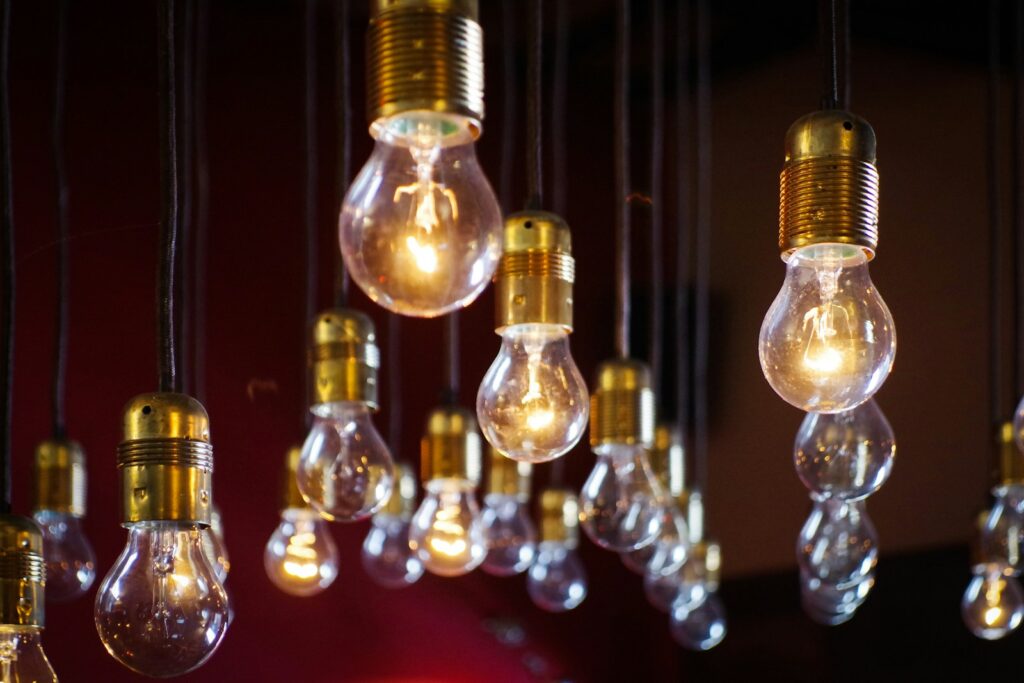
Homeowners often dismiss flickering lights as a minor nuisance, but they may signal more serious issues such as loose wiring, overloaded circuits, or failing fixtures. Flickering is especially concerning in older homes where the wiring may already be fragile. While a single bulb flicker might be a simple replacement, frequent flickering across multiple lights could mean that the system is struggling. Ignoring these warning signs risks escalating into electrical fires or widespread system failures.
13. Not Labelling the Breaker Panel
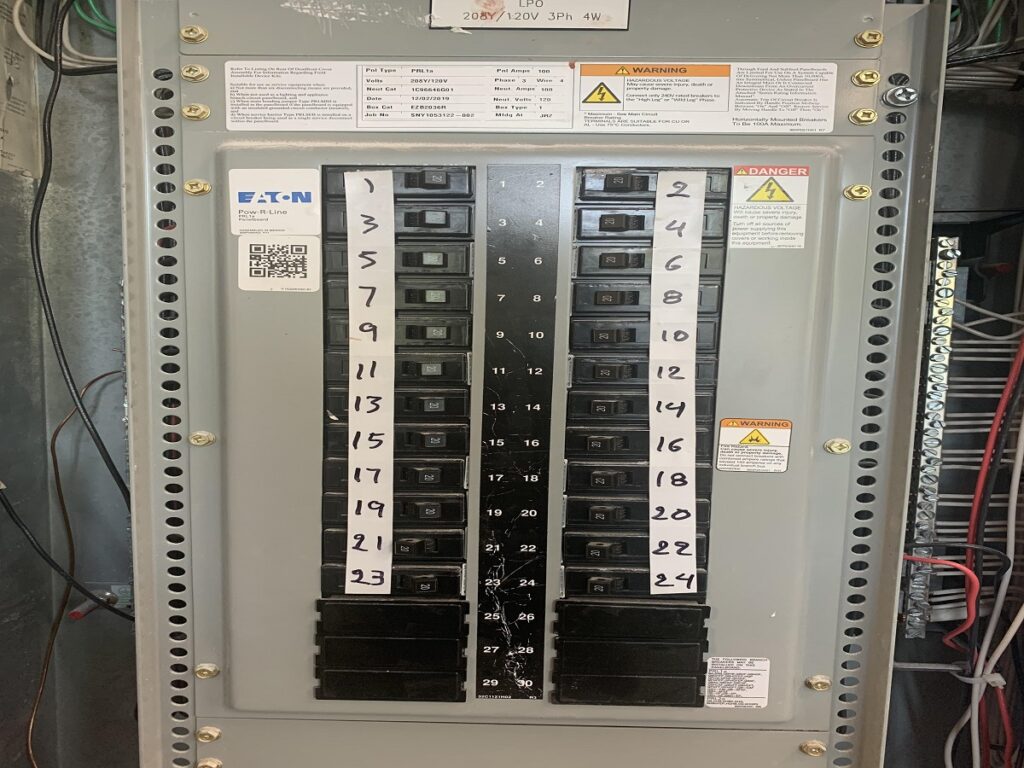
A surprisingly common oversight is failing to label circuit breakers in the electrical panel. When issues arise, homeowners are left guessing which breaker controls which area, wasting time and risking accidental power cuts. Homes built decades ago often have panels that have been expanded or altered without updated labeling, making the confusion worse. Properly labeling your breaker panel saves time during emergencies and helps electricians work more efficiently when repairs are needed.
14. Mixing Aluminium and Copper Wiring
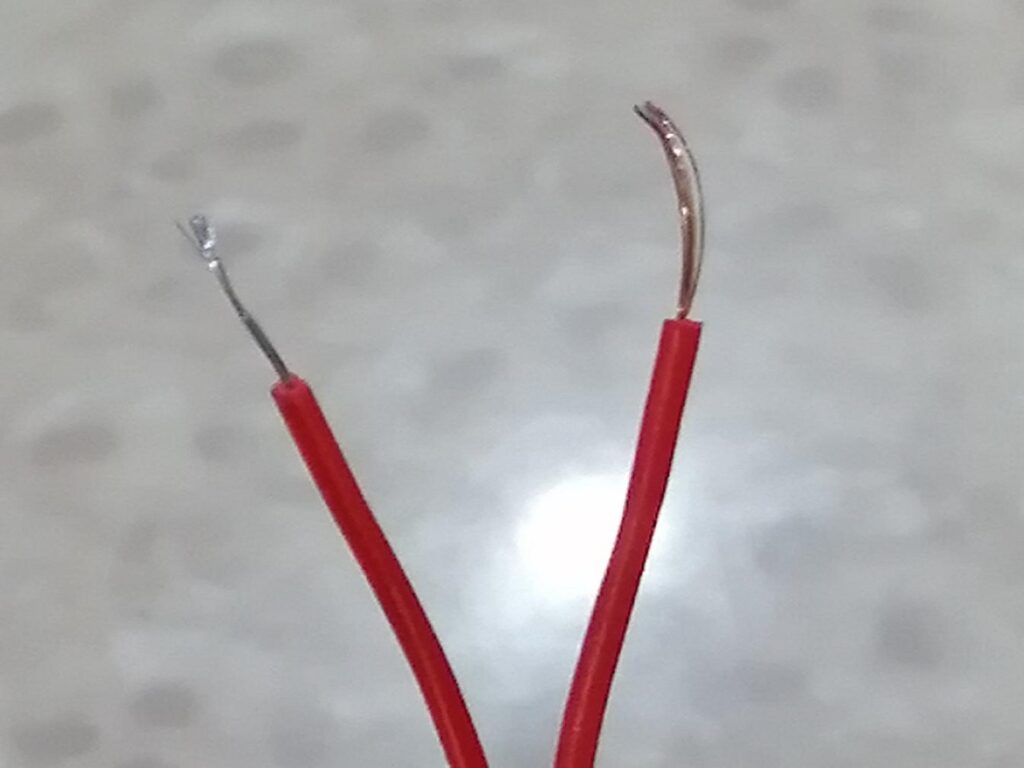
Some homes built in the 1960s and 1970s used aluminum wiring, which can create problems when connected improperly to copper. Many homeowners unknowingly mix the two metals during DIY repairs or renovations, which can cause corrosion and overheating. Special connectors are required when transitioning between aluminum and copper to ensure safety. Ignoring this detail can create hotspots that may spark fires, making this one of the more dangerous but overlooked electrical mistakes.
15. Neglecting Surge Protection
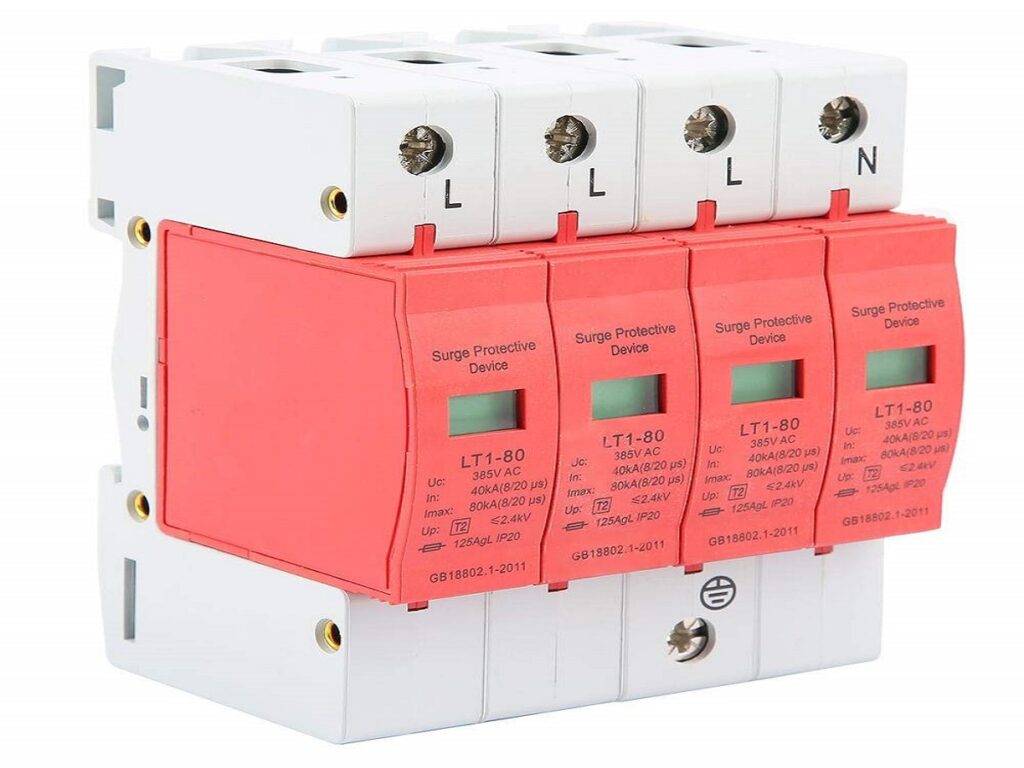
Modern homes contain expensive electronics, yet many homeowners fail to install whole-house surge protection. A single power surge from a lightning strike or grid issue can destroy appliances and devices instantly. Older homes built before such protections became standard are especially vulnerable. Relying only on small plug-in surge protectors isn’t enough. Investing in whole-house surge protection installed at the panel helps protect the entire system and prevents costly losses in the event of a major surge.
Comments